

In recent years, as the main body of new energy increment to achieve the goal of "double carbon", photovoltaic has accelerated its expansion, and the installed capacity of new photovoltaic grid-connected power generation in China has ranked first in the world for nine consecutive years.[1]It has also received strategic support at the national level, such as the 14th Five-Year Plan and the 2035 Vision.[2]. Nippon has always attached great importance to the protection of the environment in the process of enterprise operation, continued to develop green manufacturing, fully grasped the opportunity of green transformation, introduced photovoltaic engineering into the strategic layout of factories, and promoted the integration and application of "photovoltaic +" innovative mode, which reflects Nippon's practical response to the future development direction of the industry.
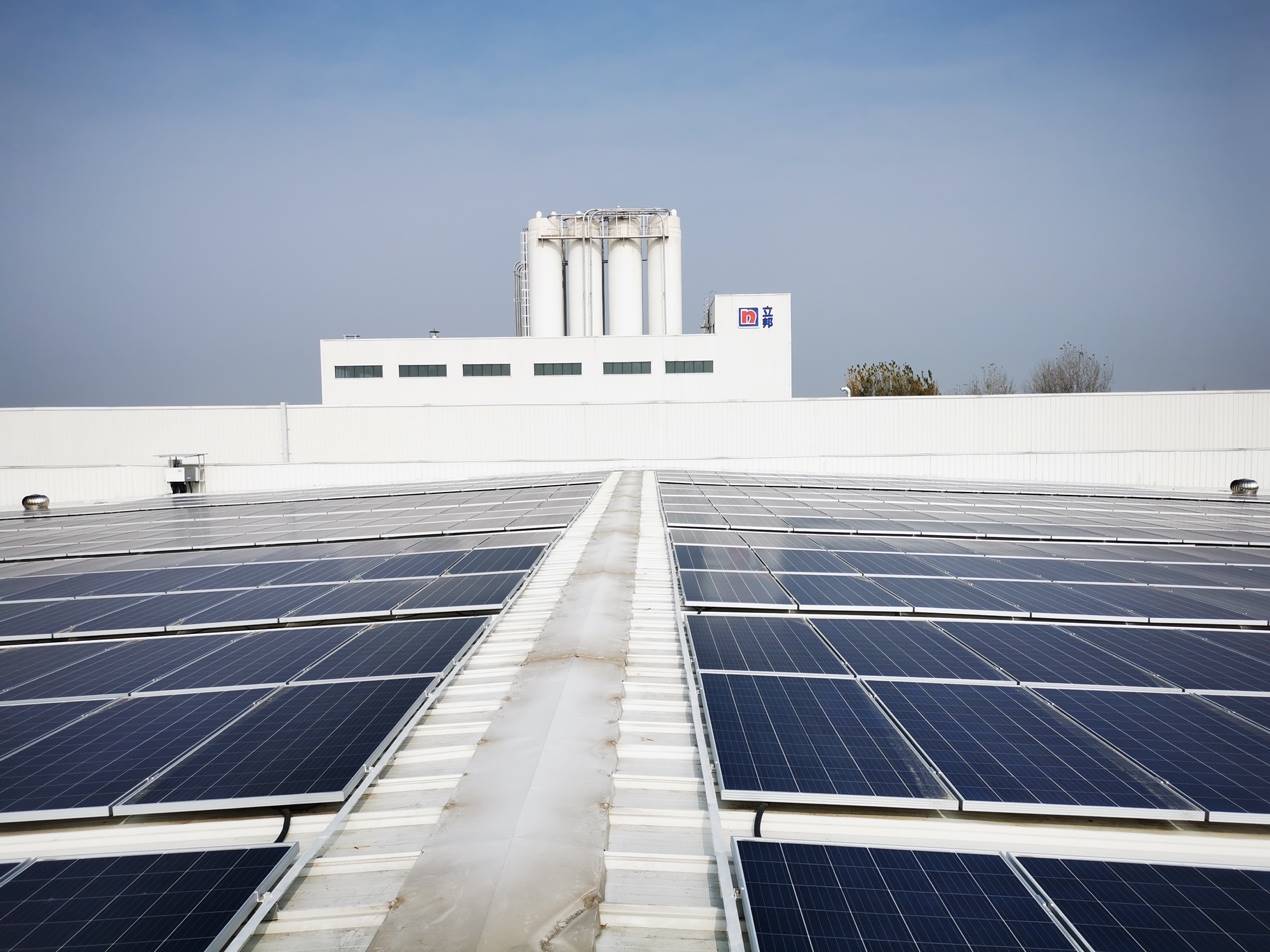
Nippon introduces photovoltaic
engineering into the strategic layout of factories to promote the integration
and application of "photovoltaic plus" innovation mode.
Driven by renewable green energy, the photovoltaic project can effectively reduce the cost of energy consumption through self-use and surplus electricity access to the grid. In addition, visual, transparent and intelligent carbon management can provide sustainable and digital kinetic energy for the production, manufacturing and operation of Nippon Factory. Up to now, a total of 20 factories under Libang have installed or prepared to install photovoltaic equipment, including Wujiang factory, Qingyuan factory, Hubei factory and so on, to deliver green energy for the operation of the factory-taking Nippon Wujiang factory as an example, the actual use of photovoltaic power generation from February to October this year is 801,677 kWh, compared with thermal power generation. It reduces 663 tons of carbon dioxide emissions and saves about 240 tons of standard coal.[3], equivalent to about 3,234 trees planted[4]It plays a positive role in reducing energy consumption, protecting the environment and achieving sustainable development, and achieves long-term benefits from economic, environmental and social dimensions. At the same time, Nippon focuses on deepening the strategic layout of photovoltaic engineering factories, continuously increasing the proportion of green electricity in factory electricity consumption, further reducing the carbon footprint of factories, and striving to set a green manufacturing model for the industry.
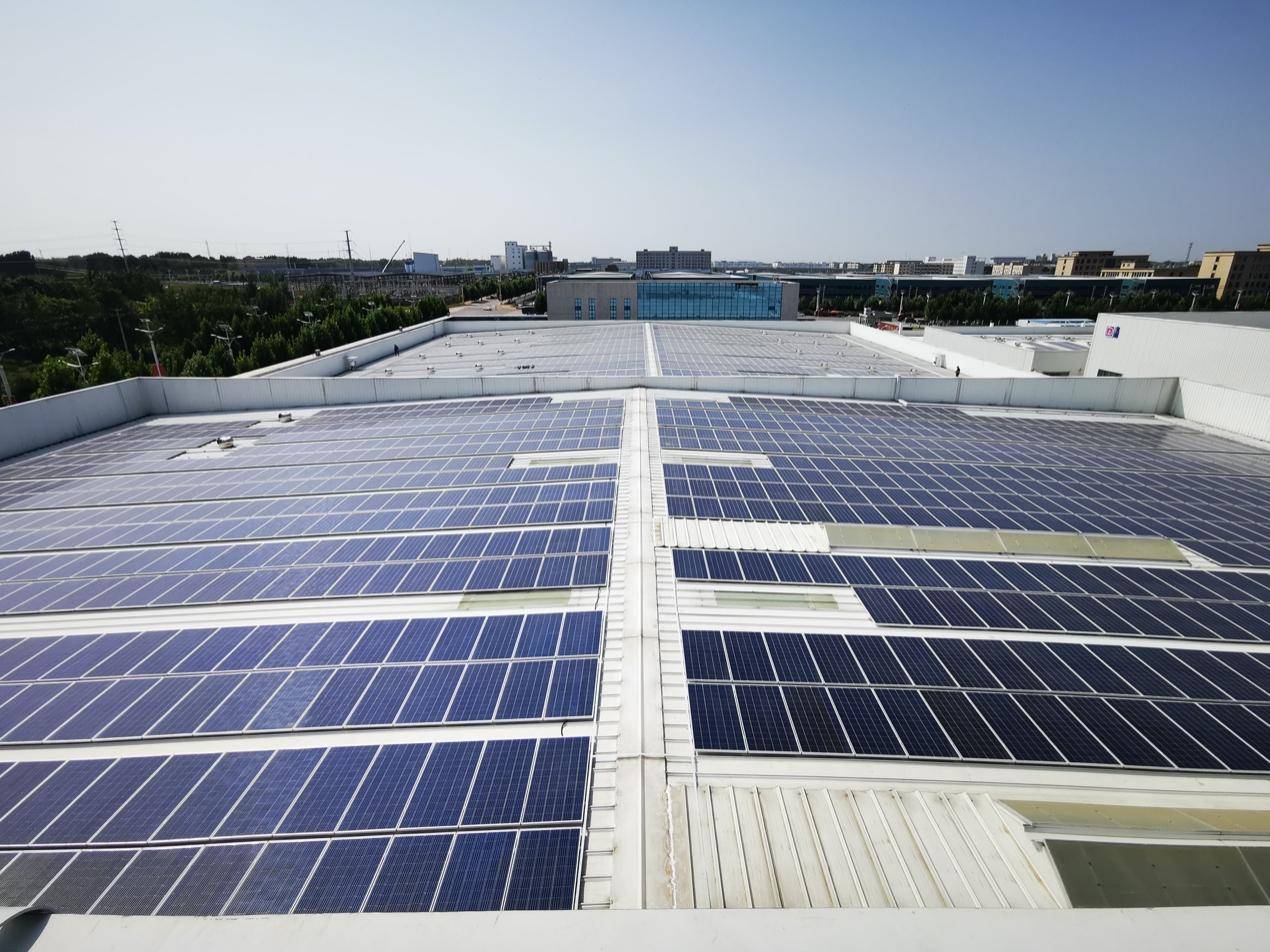
Nippon focuses on deepening the strategic layout of photovoltaic engineering factories and strives to set up a green manufacturing model for the industry.
With the steady promotion of the national "double carbon" goal, the energy structure has accelerated the transformation to clean energy, and green manufacturing has become the only way for low-carbon industrial transformation. Sustainable development is in Nippon China's corporate strategy. As early as 2010, Nippon China began to focus on every step of carbon footprint in the whole value chain from a systematic strategic perspective by promoting and practicing green action. In addition to photovoltaic engineering, Nippon has devoted itself to the construction of green intelligent chemical plants in recent years, greatly improving production energy efficiency and management energy efficiency to promote green development. Up to now, five factories in Nippon have been recognized as "national green factories", and the number of recognized factories ranks first in the national paint industry.

By promoting and practicing green action, Nippon pays attention to every step of carbon footprint in the whole value chain from a systematic strategic perspective.
In the future, Nippon will continue to uphold the sustainable development concept of "sustainable earth essence", constantly broaden the strategic layout of photovoltaic engineering factories, actively implement the national double-carbon strategy with the goal of intelligent manufacturing and green production, and strive to build intelligent modern factories through technological innovation and technological innovation, carrying out the enterprise mission of "refreshing the beautiful living space".
[1]Source: National Energy Administration
[2]Source: The 14th Five-Year Plan for National Economic and Social Development of the People's Republic of China and the Outline of the Long-Term Target for 2035
[3]Data Calculation Standard: As mentioned in the Annual Development Report of China's Power Industry 2022, in 2021, the standard coal consumption for power supply of thermal power plants of 6,000 kW and above in China is 301.5 G/kWh, and the carbon dioxide emission per unit of thermal power generation in China is about 828 G/kWh. Based on this data, it is estimated that thermal power generation emits about 0.828 kg of carbon dioxide and consumes about 0.301 kg of standard coal for every kilowatt-hour of coal produced.
[4]Data Calculation Standard: it is mentioned in the National Energy Administration's "Meeting the Requirements of" Carbon Peak and Carbon Neutralization "for the New Process of Photovoltaic Material Granular Silicon" that, according to the research of the Swiss Federal Institute of Technology in Zurich, the consumption of 19.27 million tons of carbon dioxide is equivalent to planting 94 million trees, so one tree can absorb 0.205 tons of carbon dioxide per year.
近年,光伏作为实现“双碳”目标的新能源增量主体加速扩张,国内新增光伏发电并网装机容量已连续9年稳居世界首位[1],更获得“十四五”规划和2035年远景目标纲等国家层面的战略支持[2]。立邦始终重视企业运营过程中对于环境的保护,持续发力绿色制造,充分把握绿色转型机遇,将光伏工程引入工厂战略布局,推动“光伏+”创新模式的融合应用,体现了立邦对行业未来发展方向的切实响应。
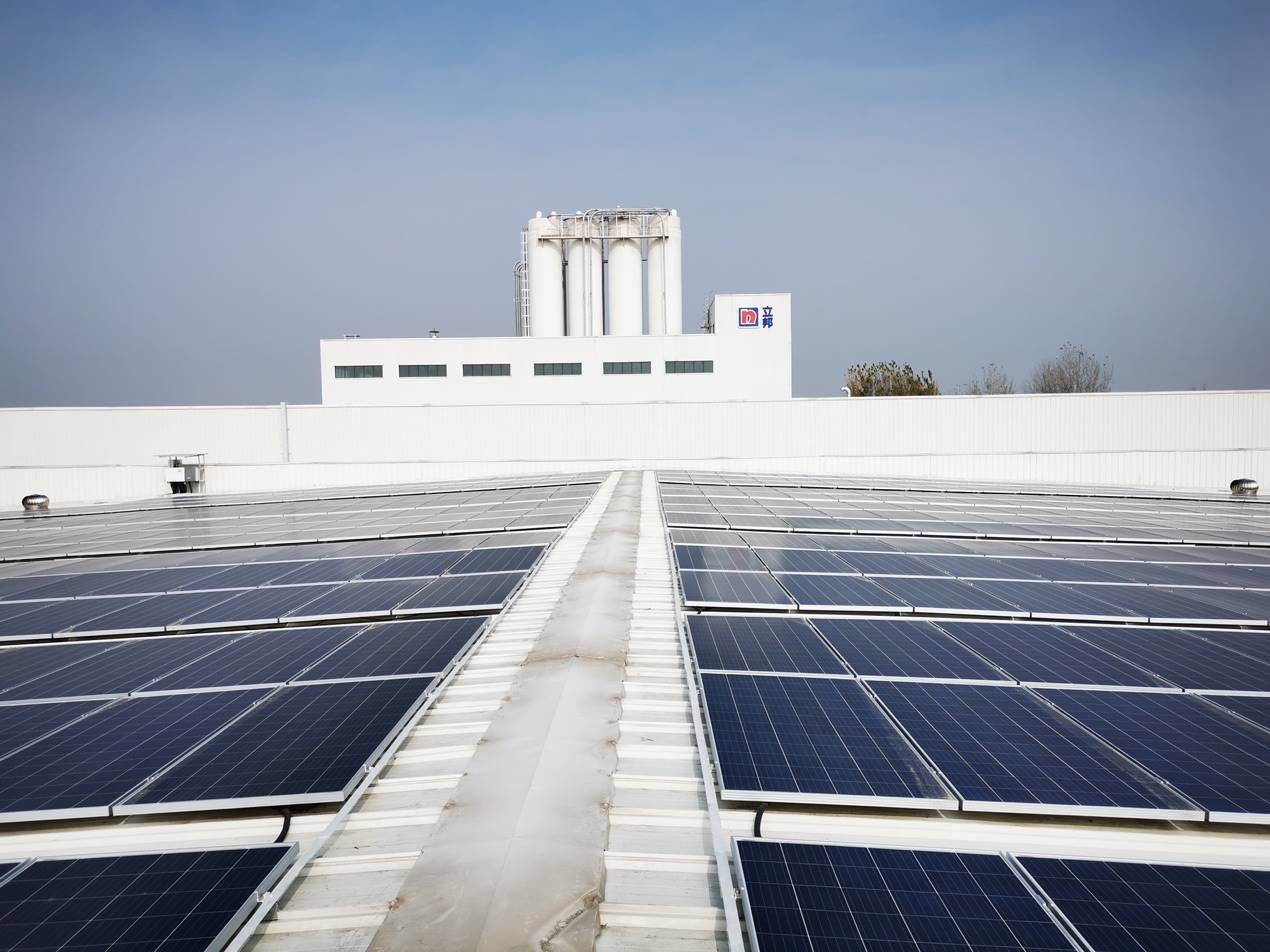
立邦将光伏工程引入工厂战略布局,推动“光伏+”创新模式的融合应用
以可再生的绿色能源为驱动,光伏工程通过自发自用、余电上网模式,有效减低用能成本,加之可视化、透明化、智能化碳管理,可为立邦工厂的生产制造及运营提供可持续、数字化动能。截至目前,立邦旗下共有20家工厂已安装或筹备安装光伏设备,其中包含吴江工厂、清远工厂、湖北工厂等,为工厂运营输送绿色能量——以立邦吴江工厂为例,今年2-10月光伏发电实际使用量为801,677千瓦时,与火力发电相比,减少了663吨二氧化碳排放、约节省240吨标准煤[3],相当于种植了约3234棵树[4],对降低能耗、保护环境、实现永续发展有着积极作用,从经济、环境、社会等维度实现了长远效益。与此同时,立邦着力于深化光伏工程的工厂战略布局,不断提升绿电在工厂用电中的占比,进一步减少工厂碳足迹,力争为行业树立绿色制造样板。
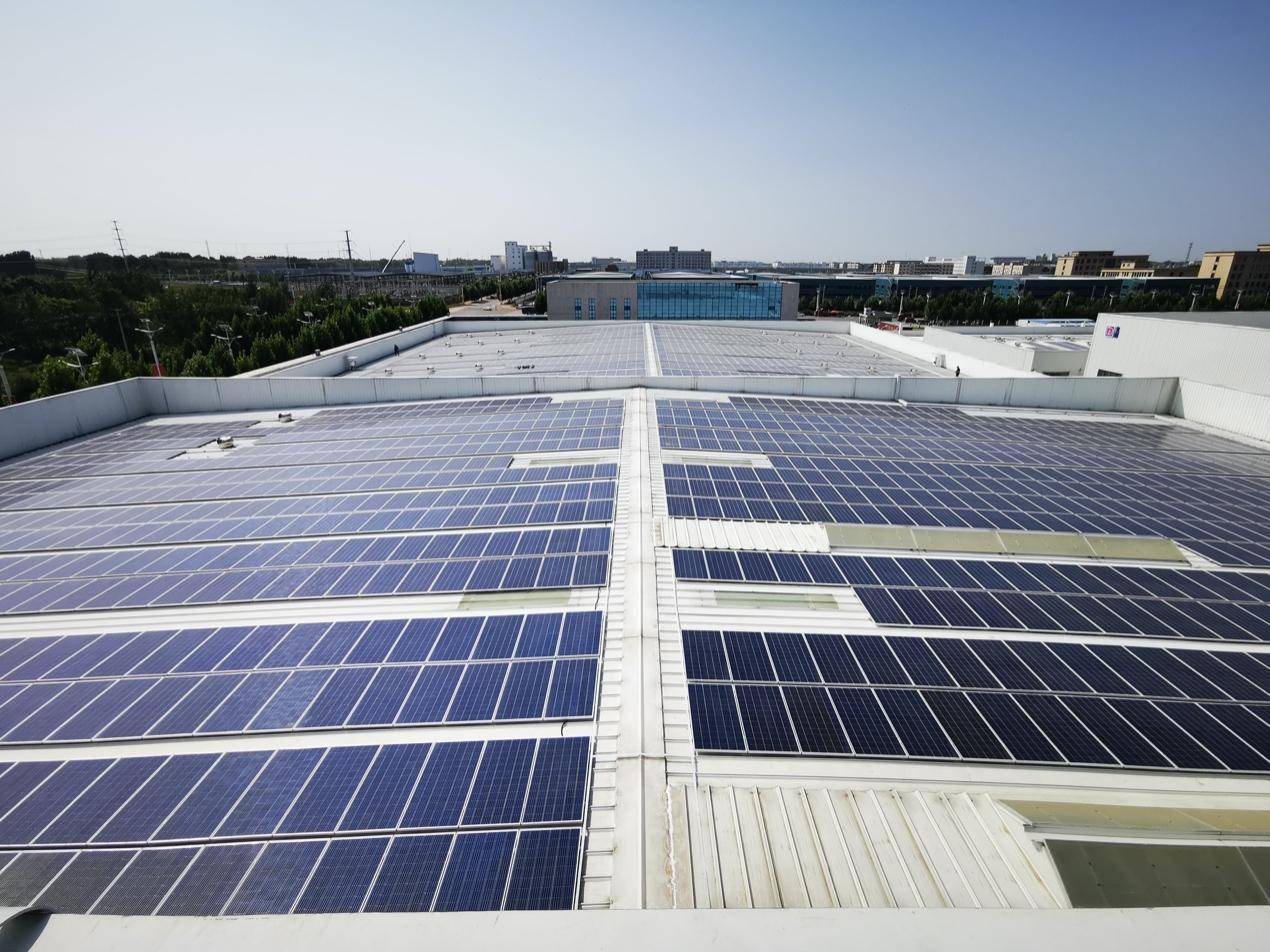
立邦着力于深化光伏工程的工厂战略布局,力争为行业树立绿色制造样板
在国家“双碳”目标的稳妥推进下,能源结构加速向清洁能源转型,绿色制造已成为产业低碳转型的必由之路。可持续发展是立邦中国恪守的企业战略,早在2010年,立邦中国便开始通过推动和践行绿色行动,以系统化战略视角关注全价值链上的每一步碳足迹。除了光伏工程外,立邦近年来投身于绿色智能化工厂建造,大幅提升生产能效、管理能效,以促进绿色发展。截止目前,立邦已有五家工厂被认定为“国家级绿色工厂”,被认定数量居全国涂料行业之首。
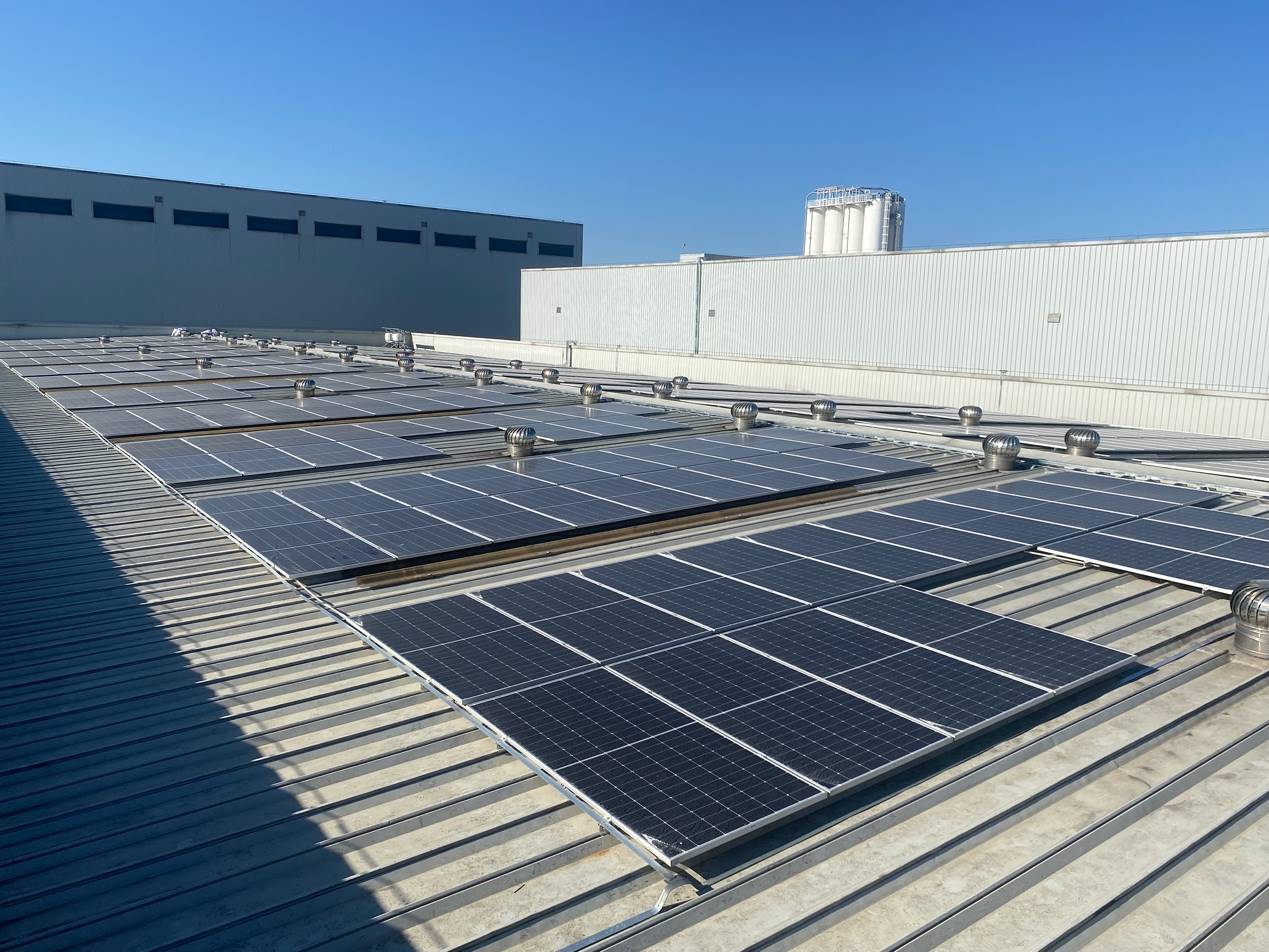
立邦通过推动和践行绿色行动,以系统化战略视角关注全价值链上的每一步碳足迹
未来,立邦将继续秉承“永续大地精‘彩’”的可持续发展理念,不断拓宽光伏工程的工厂战略布局的同时,以智能制造、绿色生产为目标,积极践行国家双碳战略,通过技术创新和工艺创新,竭力打造智能化现代工厂,引领行业绿色制造发展,践行“刷新美好生活空间”的企业使命。
[1] 数据来源:国家能源局
[2] 来源:《中华人民共和国国民经济和社会发展第十四个五年规划和2035年远景目标纲要》
[3] 数据计算标准:《中国电力行业年度发展报告2022》中提及,2021年全国6000千瓦及以上火电厂供电标准煤耗301.5克/千瓦时,全国单位火电发电量二氧化碳排放约为828克/千瓦时。基于该数据进行估计,火电发电每生产1度煤电,约排放0.828kg二氧化碳,约消耗0.301kg标准煤
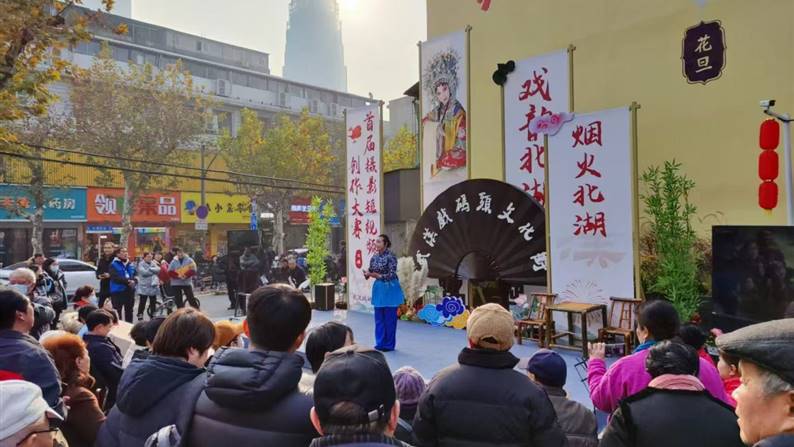
打造绿色低碳街区,奏响幸福美好生活最强音
10-18 · 来源:湖北省武汉市江汉区北湖街道环保社区 · 作者:湖北省武汉市江汉区北湖街道环保社区
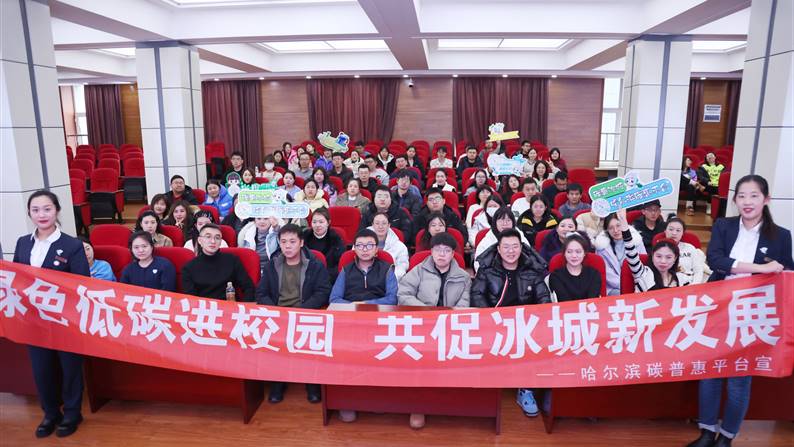
“碳惠冰城”:东北首个市级平台的“双碳”实践与冰城示范
10-15 · 来源:哈尔滨产权交易所有限责任公司 · 作者:哈尔滨产权交易所有限责任公司
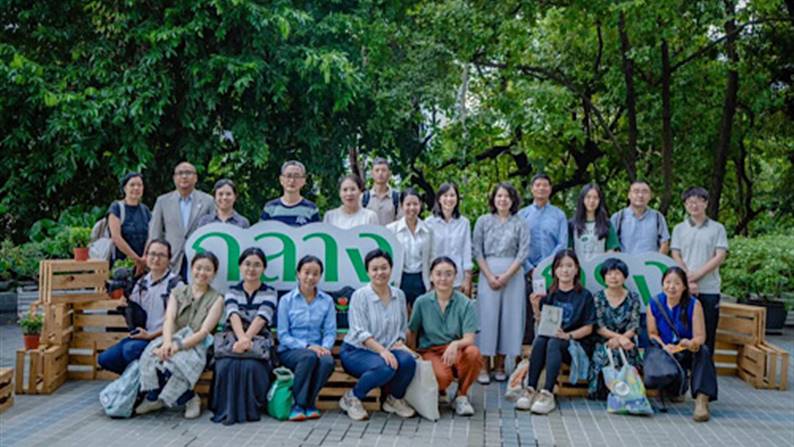
亚洲气候治理新篇章:中国公益代表团参访曼谷气候周,探索跨区域合作新路径
10-10 · 来源:公益时报 · 作者:公益时报